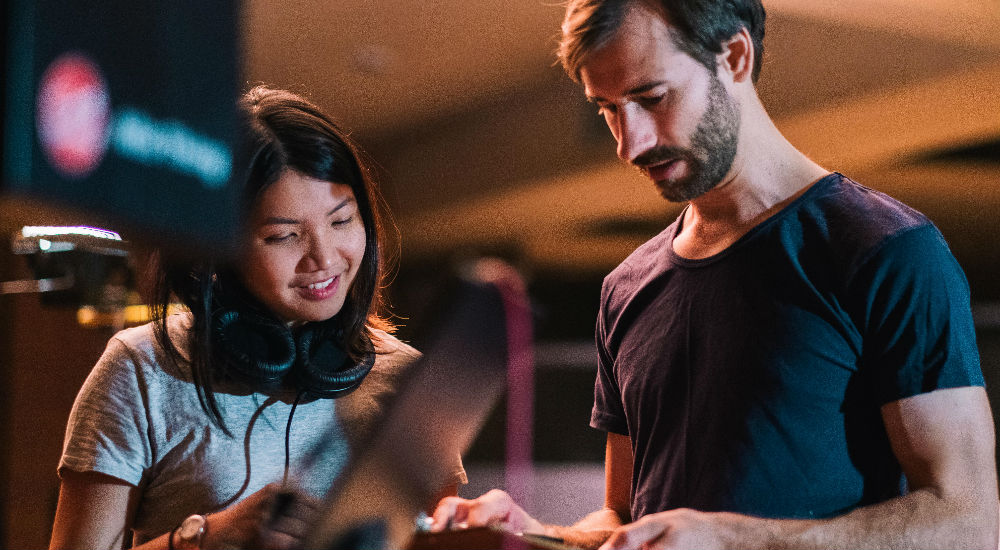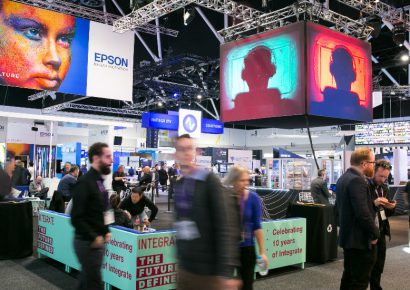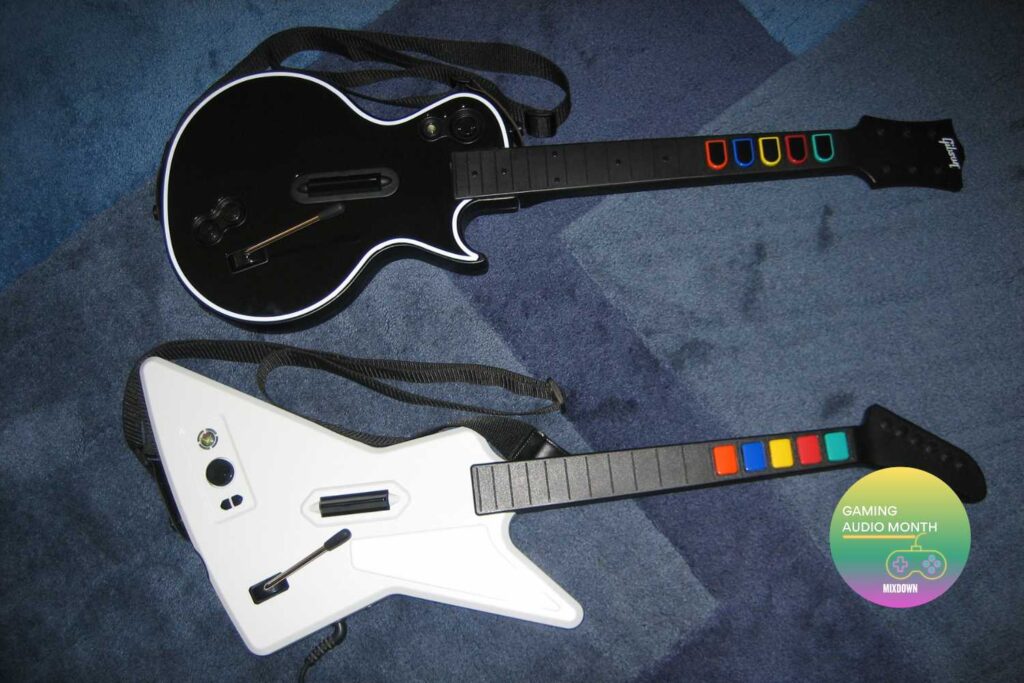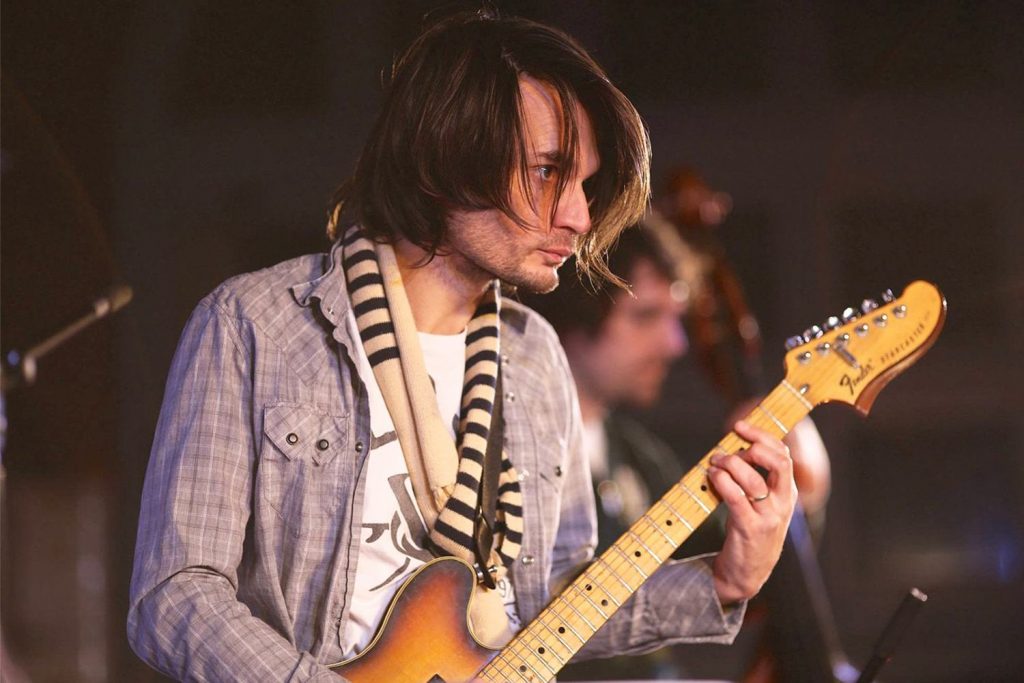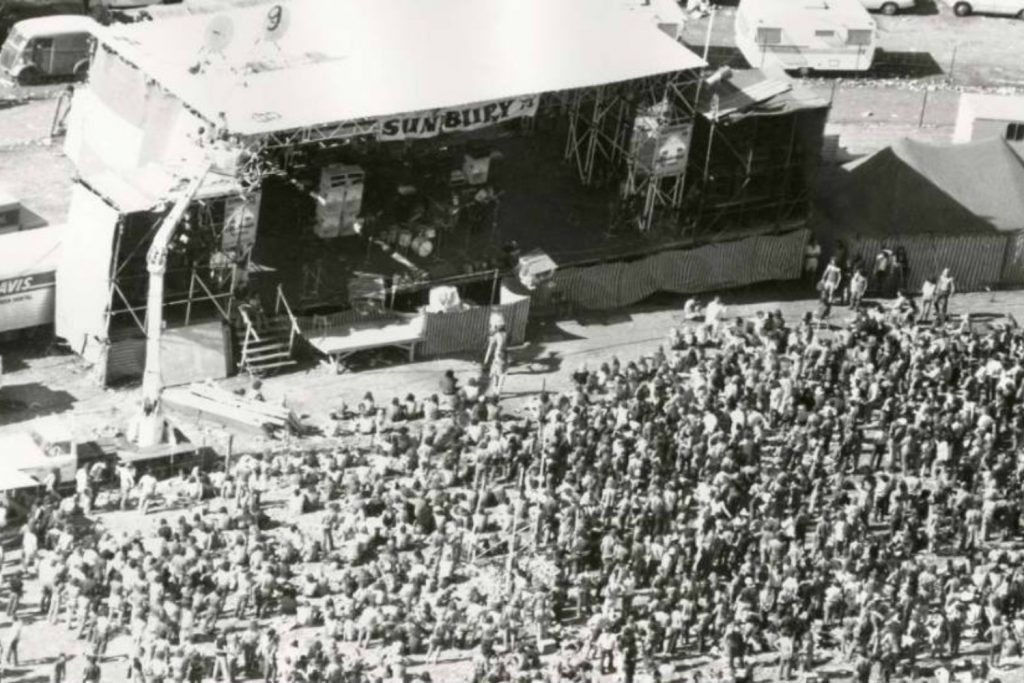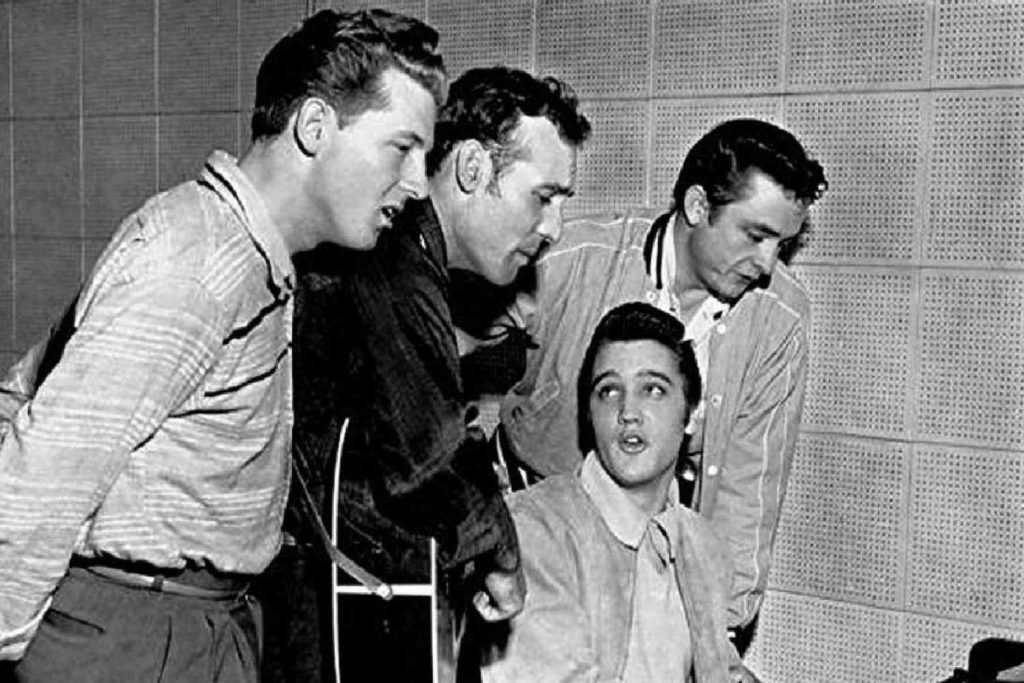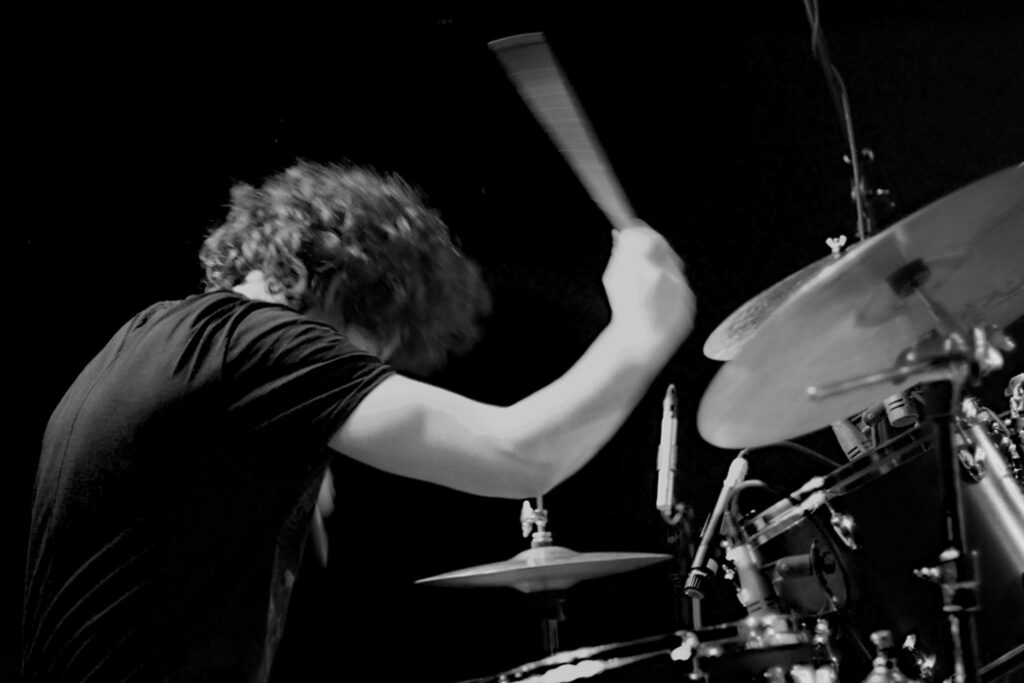One thing we’ve largely ignored, however, is how much it’ll all cost. It’s a subject people are reluctant to talk about – artists want to save money wherever possible and engineers and producers tend to equivocate for fear of losing business. But if we want big studios to continue to exist, money needs to go into the industry.
“For beginners, price is their competitive advantage,” Moro says. “If you’re working another job, in your early 20s, you can chip away at a mix for $200 over a few nights. But if you’ve invested hundred of thousands in a studio and have $50k of annual overheads, your rates will reflect it. What the artist gets is the benefits of those studio investments plus, most importantly, working with a full time professional.”
It’s an excellent time for freelancers and small scale-studio operations, but as a result of the competitive pricing, budget expectations have lowered. In any industry, when costs are cut, so is the quality.
“Commercial studios in Australia used to be able to charge $3000 a day plus $100 for every extra bit of gear they turned on or instrument used,” Moro says. “And now you get the same thing for $1000, all inclusive. At $3000 a day a studio was able to afford a full-time team of assistants, and technicians. They could continually service their equipment and instruments and keep their computers and interfaces up to date. With the lower costs, gear can’t be maintained in the same way, computer systems become older, and career paths disappear.”
So let’s go back to the beginning. If you’re preparing to record an individual song, it makes practical sense to determine how much money you’re willing to spend on it. The thing about the budget, says Moro, is that it really needs to be done with a producer. He explains why:
“I’ve had bands come to me with budgets and a suggested approach, but it was guesswork on their part. Your producer will know the best way to structure the project from a budget and timeline perspective. This might mean you work out how much money you can raise and then approach producers saying, ‘This is how much money we have and what we’d like to achieve. How possible is that, and how would you suggest we invest it?’
“I’ve worked with artists before that have said, ‘This is 100% the entire budget, can’t spend a cent more, what can we get?’ If I’m given a number to work with and believe I can deliver a result as good or better than anyone else for the amount, I’ll likely proceed.”
Moro says indie projects might be looking at between $300-$700 per song for pre-production. It always depends on what’s included, though.
“Most experienced producers are able to provide a ballpark estimate after a short conversation, which an artist can use to make a decision to proceed, pause and raise funds, or seek alternatives,” Moro says.
“The intention of pre-production is to get specific with the goals for the song and be prepared. Good pre-production should actually result in saving money by avoiding time wastage or expensive experimentation.”
Next is tracking. Here’s what you should plan for and how much you’re looking at spending.
“I always like to have a checklist of the parts I need to record for each song, charts, and a rough plan for each day. Sometimes I might plan the order in which to record the songs. Other times the order is less important, yet having a rough time frame means you can be sure to get things done. It’s also important to schedule breaks. When blood sugar is low, it’s harder to make decisions!
“These days spending between $800-$1800 a day will get you an experienced engineer in a decent room. Of course there are much cheaper offerings out there. The compromise is that things may take longer and the end result is always going to be something you’re fighting with. Often I get sent tracks to mix and the song is awesome, but I have to fight production and recording issues.”
The significance of a good mix cannot be overstated and yet this is an area where artists commonly look for easy solutions. Moro gives an idea of how much should you be willing to pay and the risks of opting for a low-cost alternative.
“Depending on the number of revisions, studio facility, number of songs and the mixer’s experience, around $750-$1500 per song should get a solid result in Australia. And the mixer should be able to turn them around pretty quickly. Spending less than that, you’re likely to be getting a nicely balanced mix, but without that magic that specialist mixers deliver.
“An important thing to understand is that the things that make a mix magical start at the very beginning, and every part interacts in a calculated way. I’ve had clients contact me to finish a mix they started with someone else. They may have spent days on the mix, trying to get it to work. I’ll have a listen and as expected, the magic stuff is not there. And it’s so far from just turning the snare down, or changing the vocal reverb. It needs to be completely scrapped and started again.”
Mastering still baffles lots of people and so they choose to dodge it entirely. But it’s essential for getting songs to translate well from device-to-device as well as comply with specifications and best practice set by TV, radio and streaming platforms.
“It’s the final check before your songs go out into the world,” Moro says. “Cost-wise, you’d be looking around the $150-$300 mark per song for mastering. The sweet spot is around the $150 mark. Many mastering engineers offer reduced rates for more songs.”
The question is, if an artist is keen on making a fully realised piece of work that stands up next to the songs they love, is this achievable without breaking the bank?
“If the goal is, ‘I want a successful independent release,’ the approach is different to wanting a decent recording for family and friends or archiving song ideas. Being specific about the goal contextualises the project so it’s easy to discover when cost compromises can be made without affecting the end goal.
“Depending on genre and requirements – are you a band, or do you need to hire one? How complex is the production? – you should realistically be looking at between $4-8k for a single. That’s from beginning to end. A folky EP should be obtainable from $10-15k, or a solid indie album from $18-30k. Those rates mean you can afford experts at each stage of the production, where they will have enough time to be 100% dedicated creatively and emotionally to your project.”
Head to Simon Moro’s website at ninetynine100.com to find out more about his work or book a session today.
